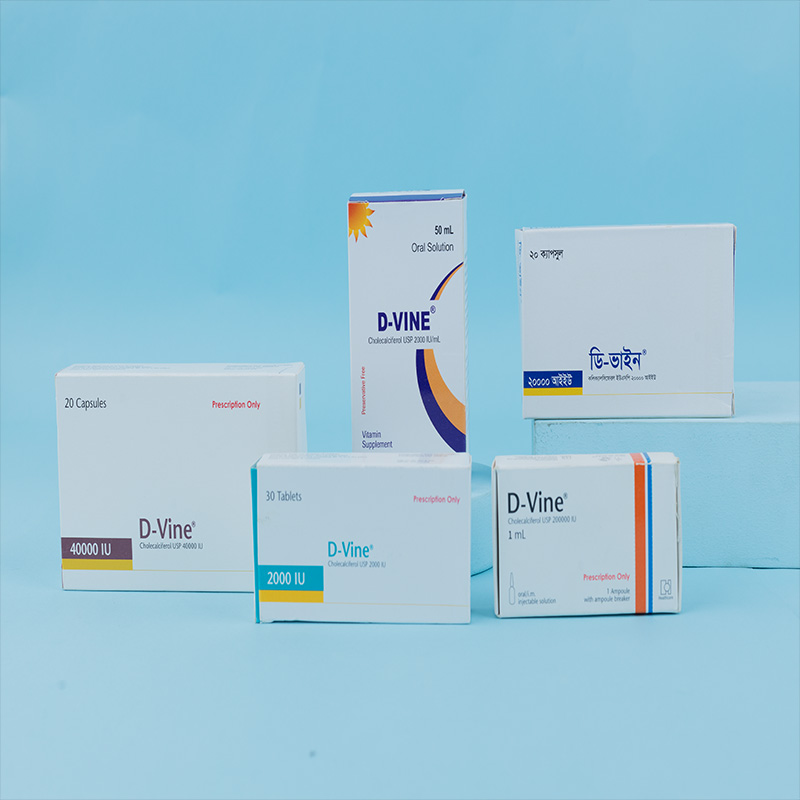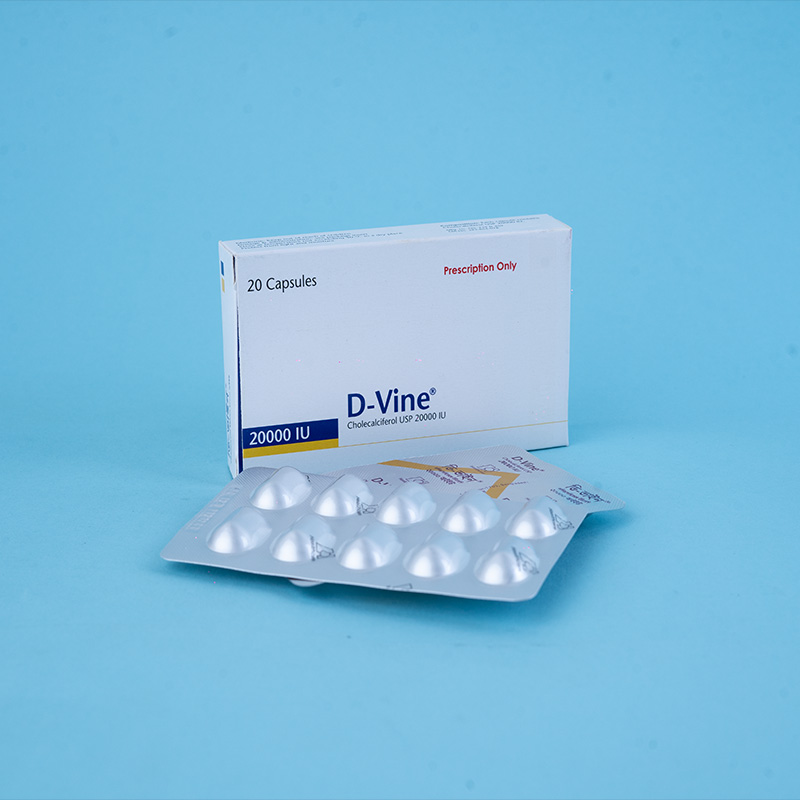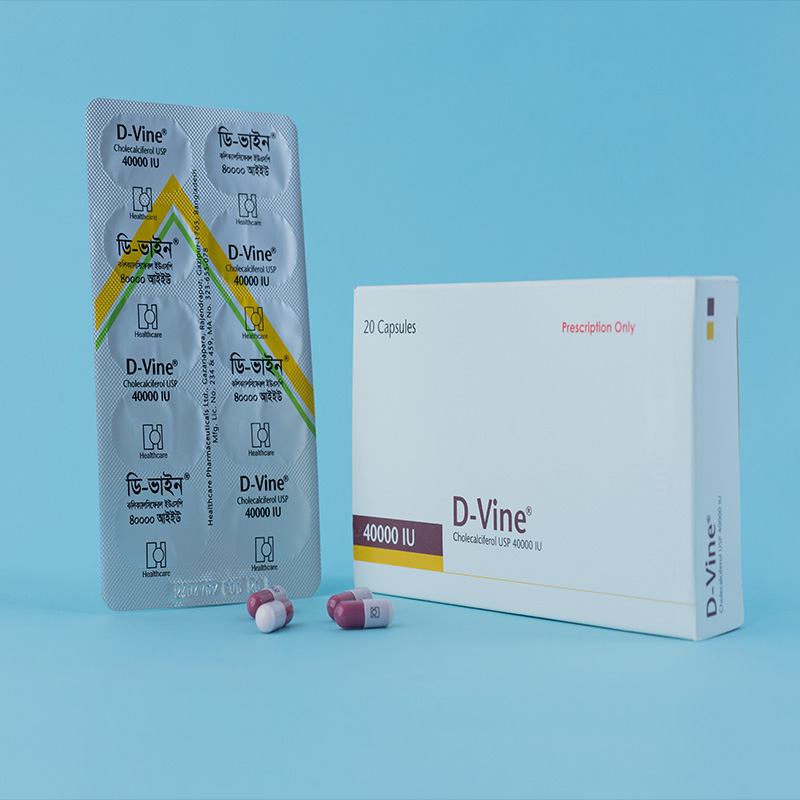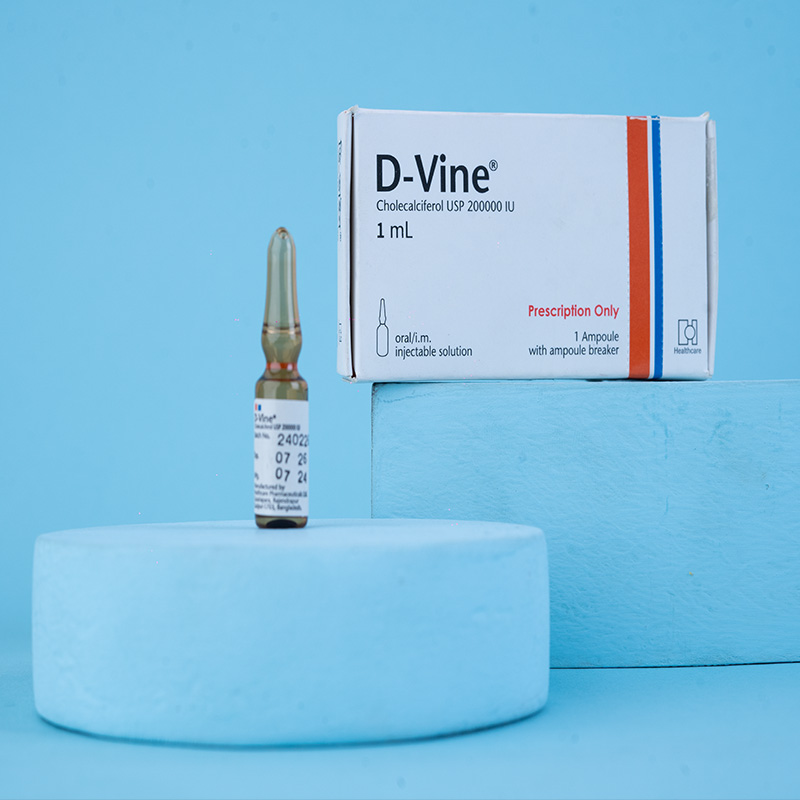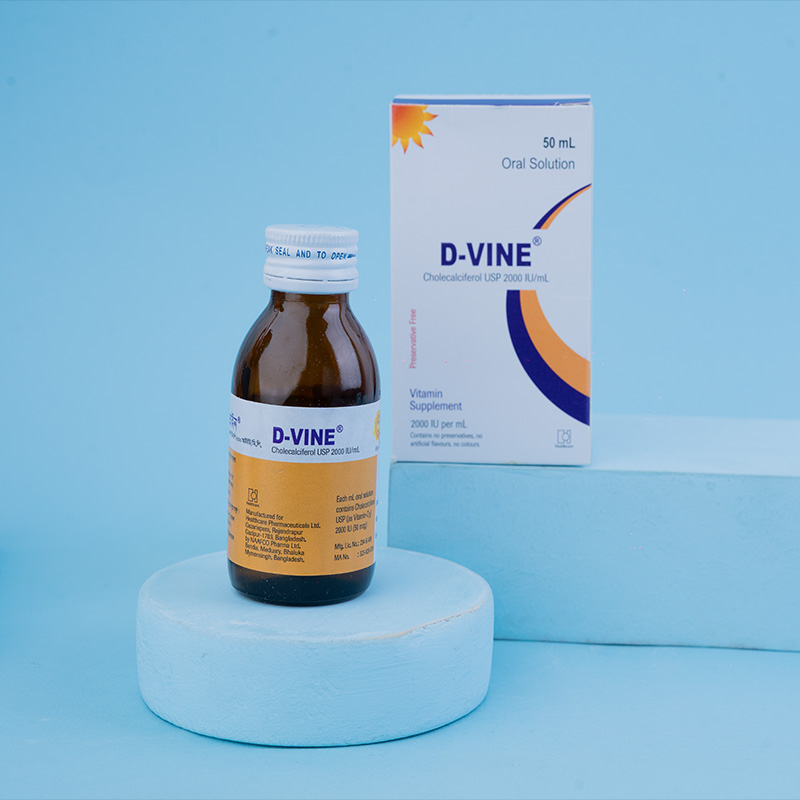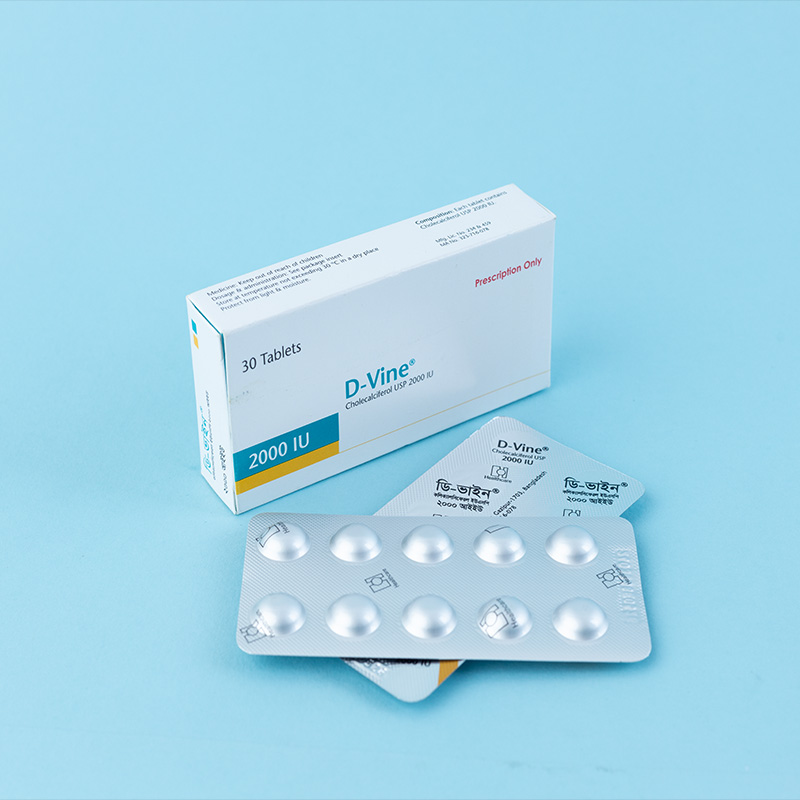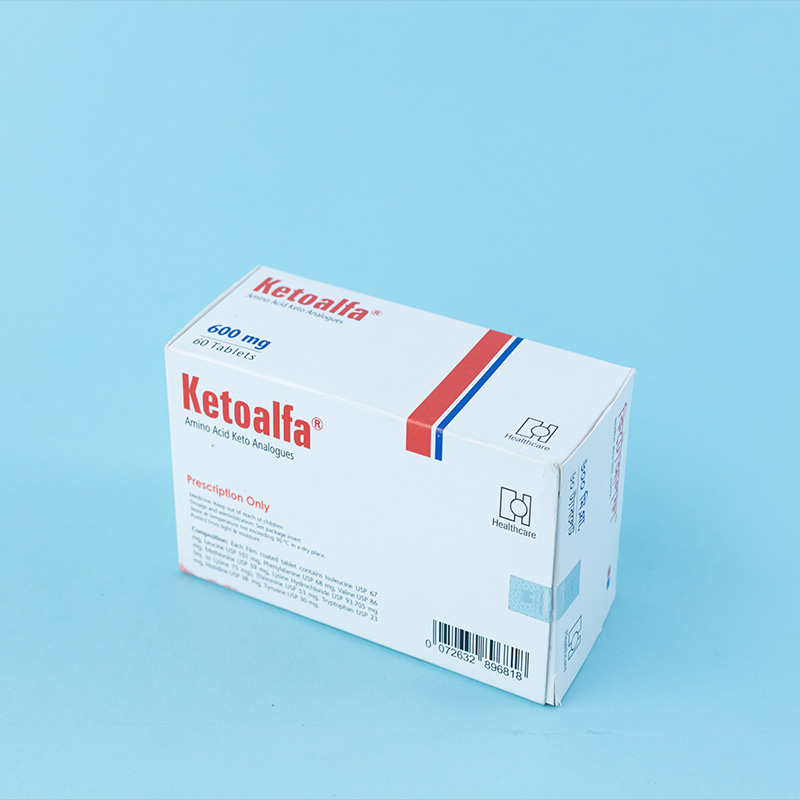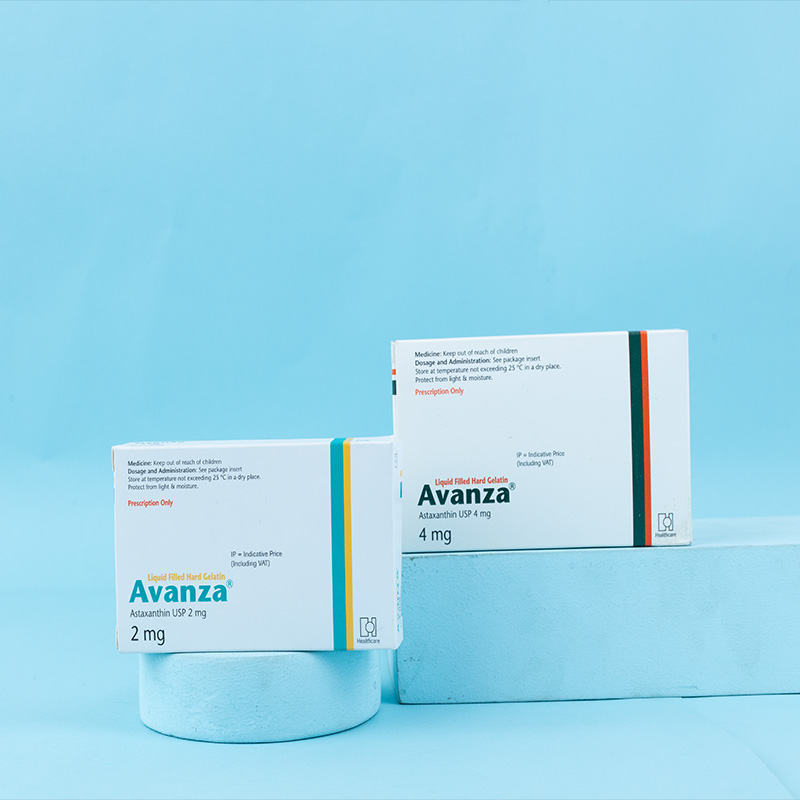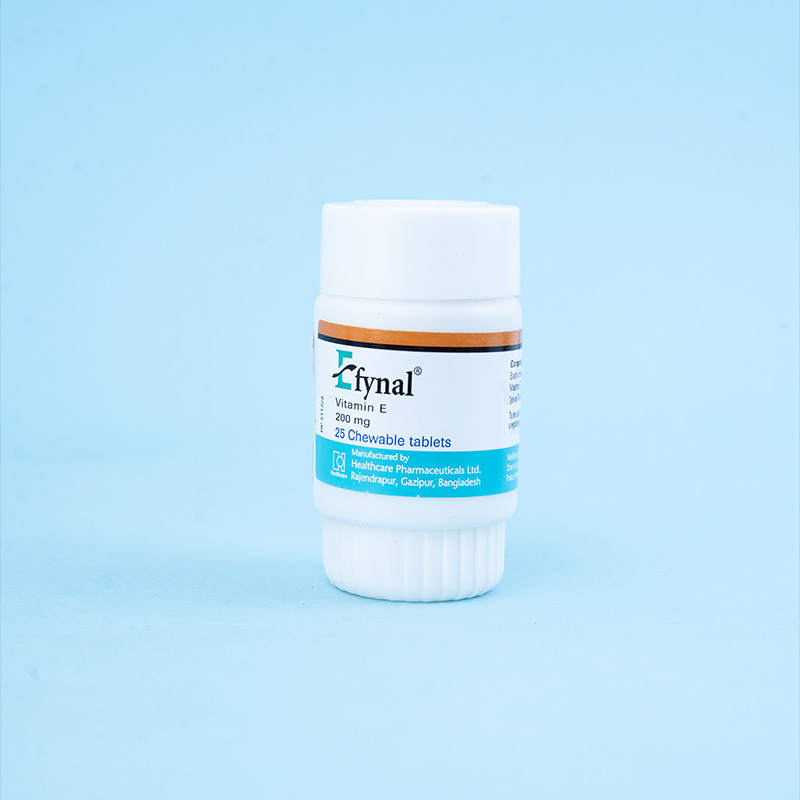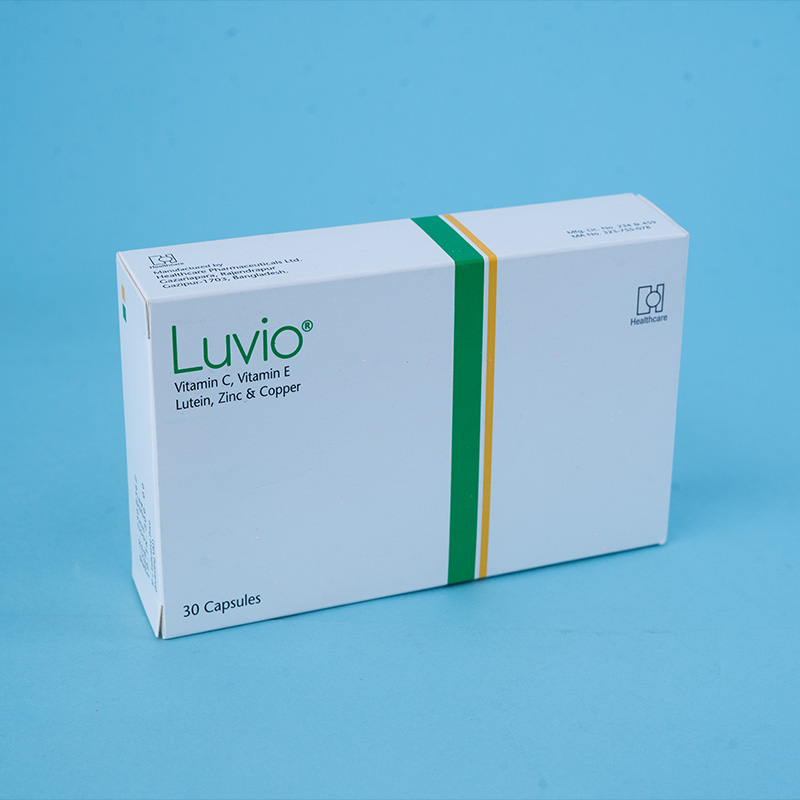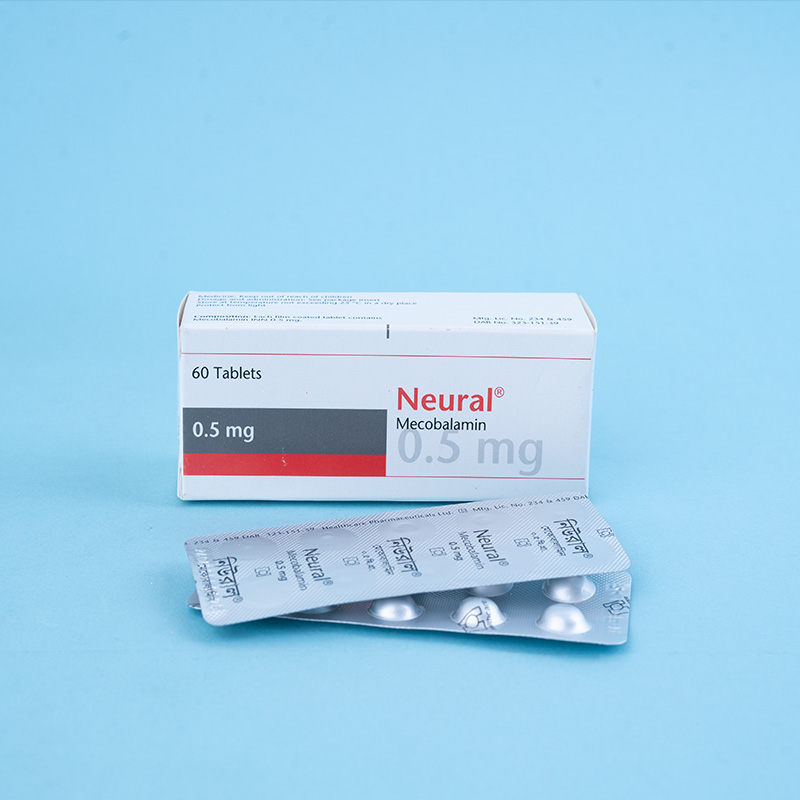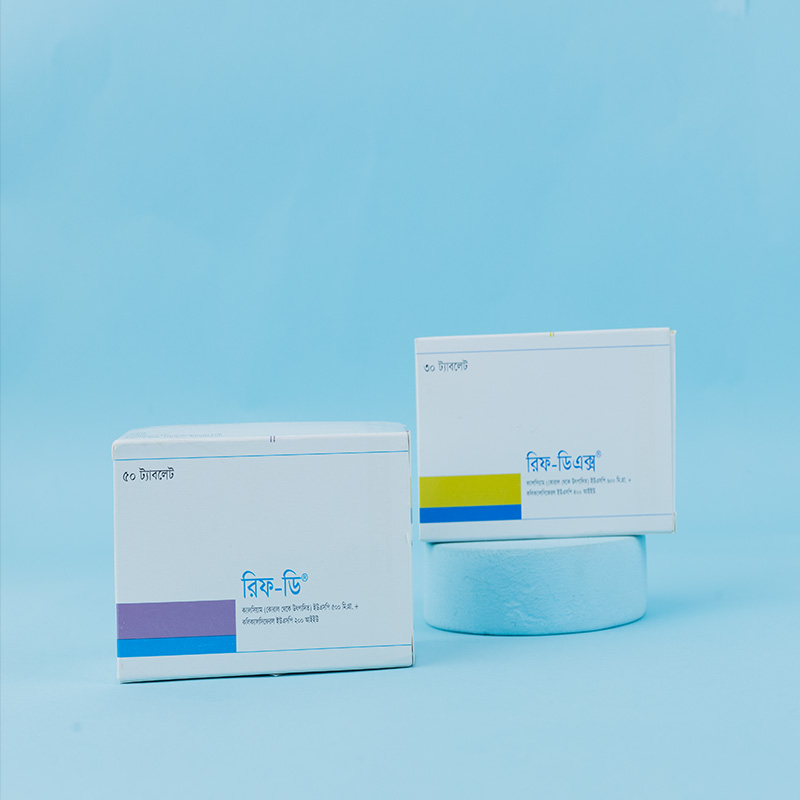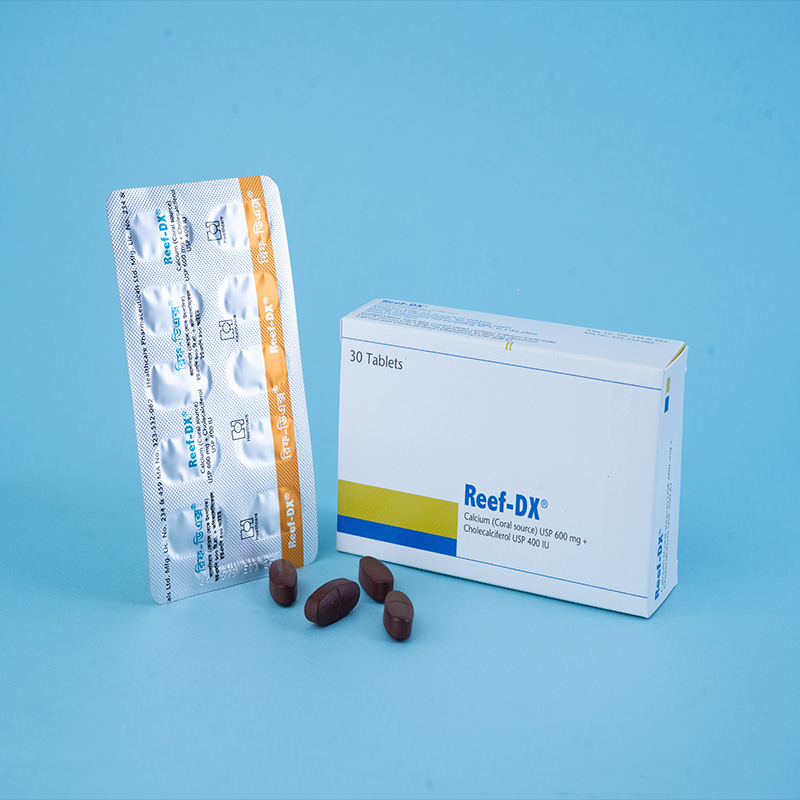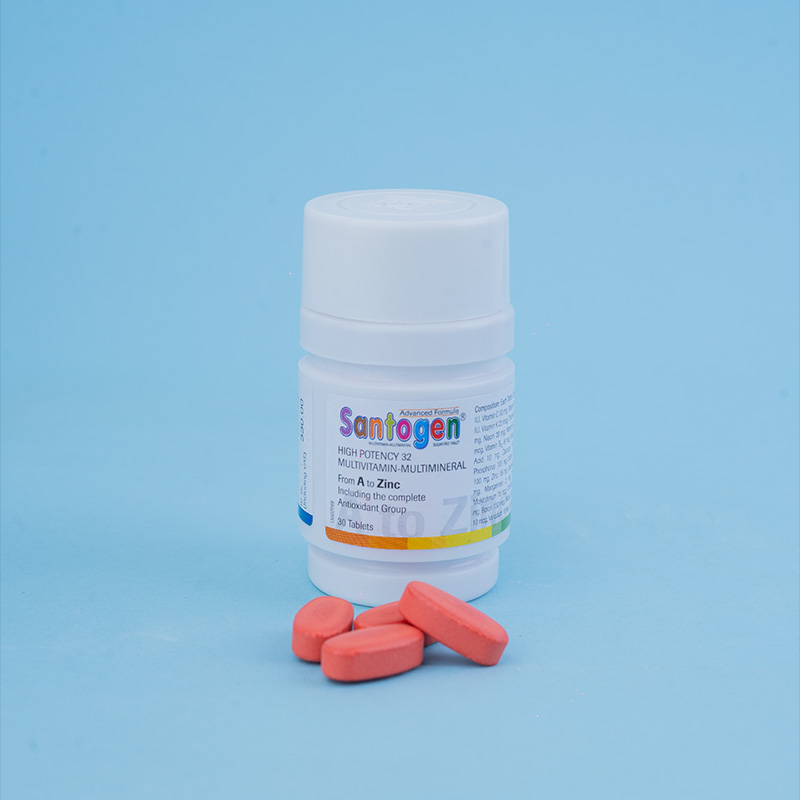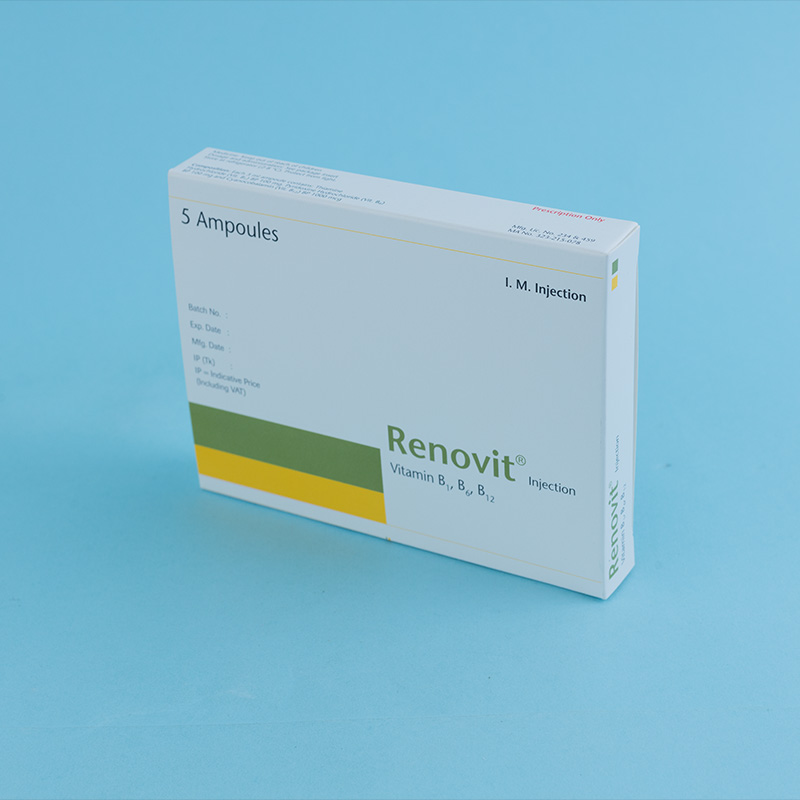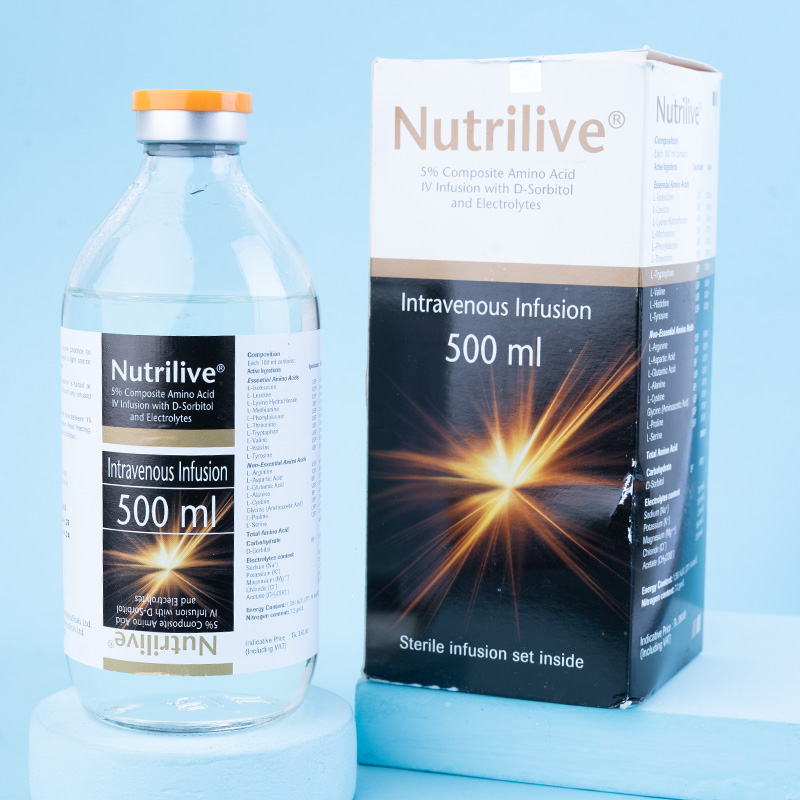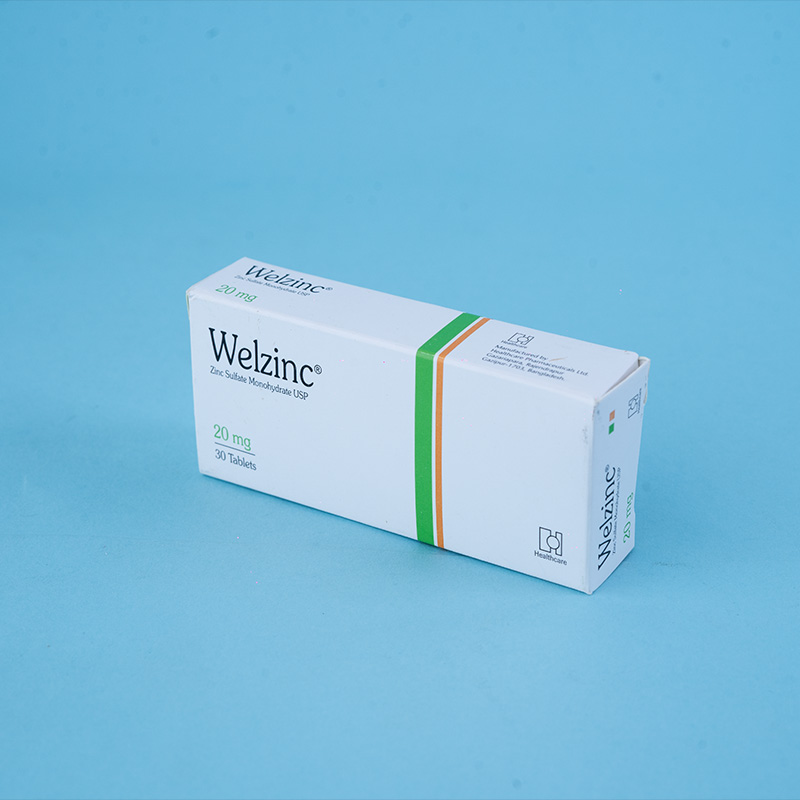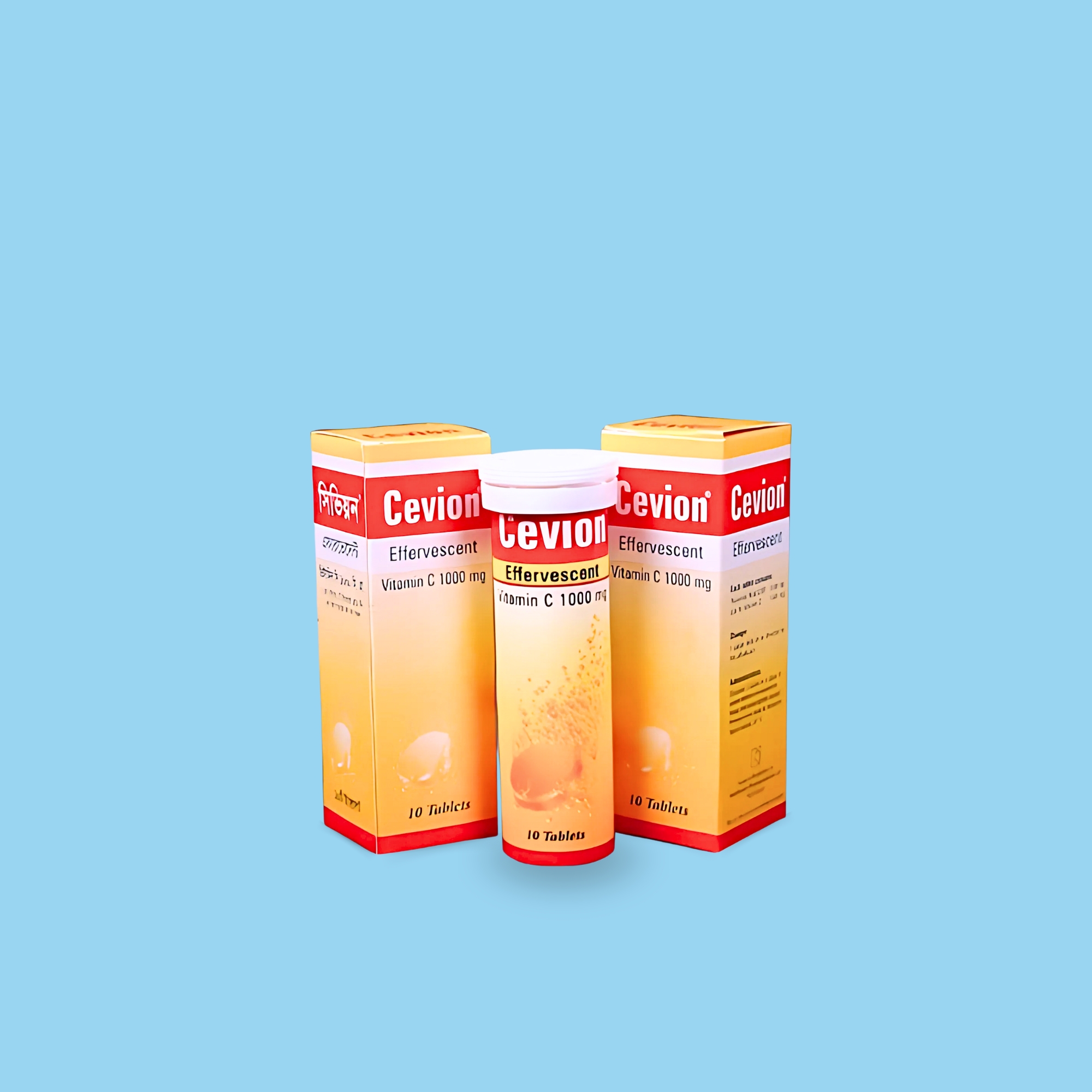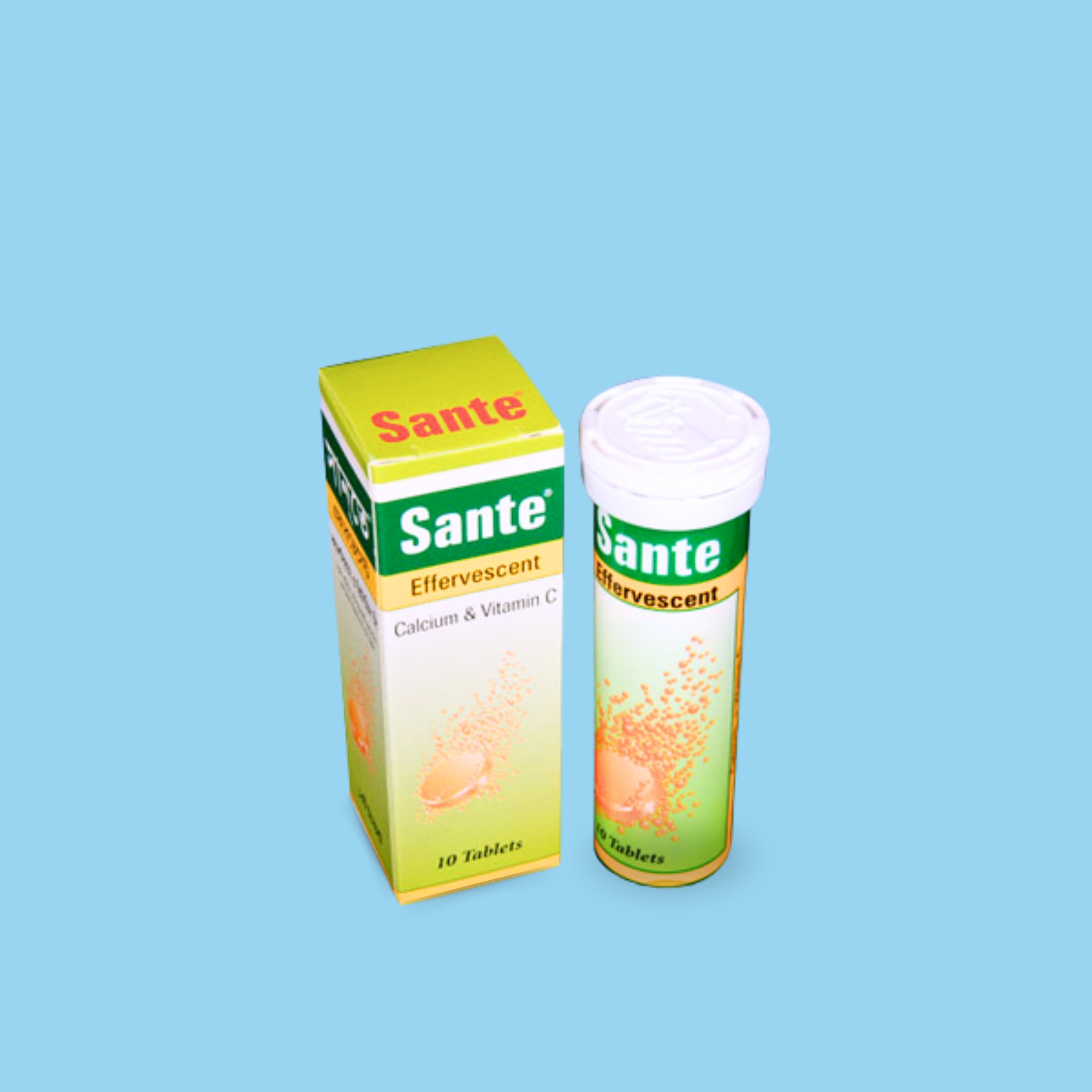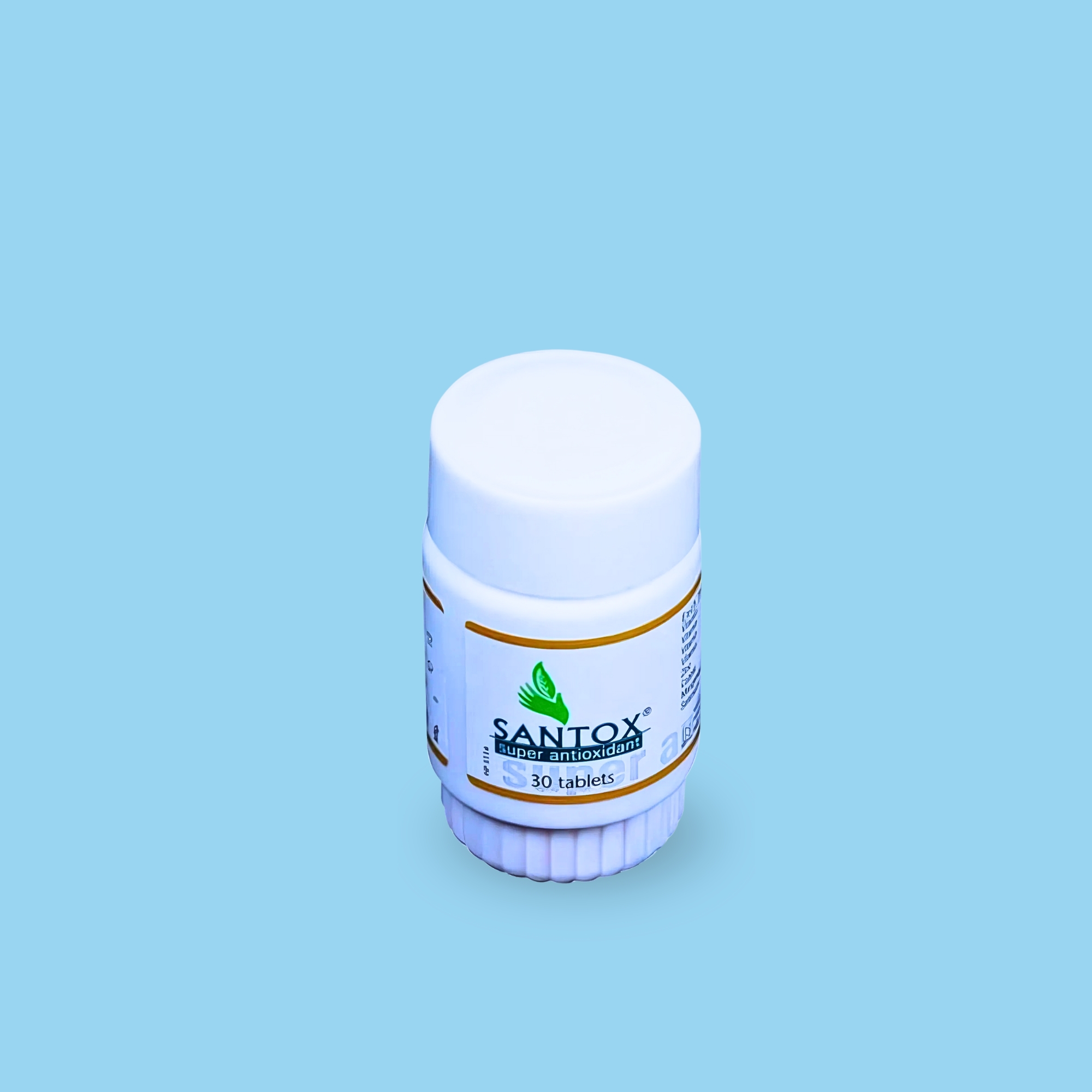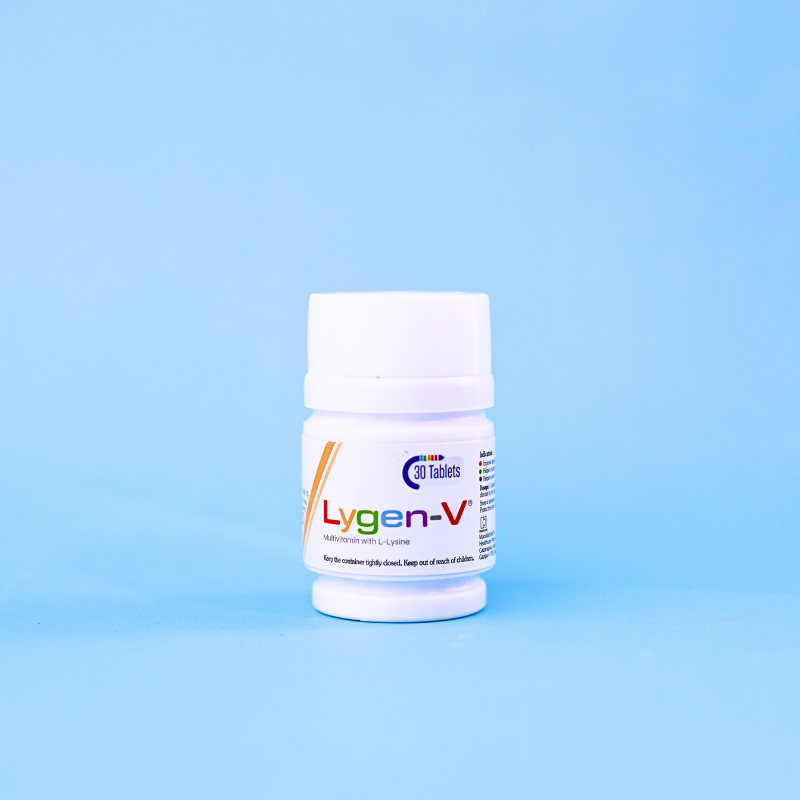It is indicated for the prevention and treatment of Vitamin D deficiencies, osteoporosis, osteomalacia, hypocalcemia, tetany, and rickets.

Adults
Treatment of Vitamin D3 (Cholecalciferol) deficiency:
40,000 IU per week for 7 weeks, followed by maintenance therapy (1,400–2,000 IU/day).
Follow-up 25(OH)D measurement should be taken approximately 3 to 4 months after initiating maintenance therapy to confirm that the target level has been achieved.
Prevention of Vitamin D3 deficiency: 20,000 IU per month.
Children
Treatment of Vitamin D3 deficiency (12–18 years): 20,000 IU once every 2 weeks for 6 weeks.
Prevention of Vitamin D3 deficiency (12–18 years): 20,000 IU once every 6 weeks.

Individual tolerance to Vitamin D3 varies considerably. Infants and children are generally more susceptible to its toxic effects. Excessive administration of this drug may lead to hypercalcemia and hypervitaminosis D. Symptoms of hypervitaminosis include fatigue, loss of appetite, headache, weight loss, growth retardation, nausea, vomiting, excessive urination, intense thirst, and arterial hypertension.

Vitamin D3 should not be administered in cases of:
Hypercalcemia
Hypervitaminosis D
Nephrolithiasis (kidney stones)
Hypersensitivity to any of the components

If high or repeated doses of Vitamin D3 are administered, or if high doses of calcium are taken simultaneously, it is necessary to monitor calcium and Vitamin D levels in blood and urine. Cholecalciferol should be used with caution in patients with renal impairment, and its effects on calcium and phosphate levels should be monitored. Medical supervision is required during treatment to prevent hypercalcemia.

Vitamin D3 can be prescribed during pregnancy and lactation if necessary or as directed by a physician. Cholecalciferol and its metabolites are excreted in breast milk. Overdose in infants due to a nursing mother has not been observed. However, when prescribing Cholecalciferol to a breastfed child, the practitioner should consider the dosage of any additional Cholecalciferol given to the mother.

Vitamin D3 may interact with:
Antacids
Carbamazepine
Dactinomycin
Miconazole
Phenytoin
Phenobarbital
Cholestyramine and colestipol (reduce Vitamin D3 absorption)
Digoxin
Thiazide diuretics
Many drugs can cause Vitamin D3 deficiency by interfering with its absorption and metabolism, including cholestyramine, colestipol, phenytoin, phenobarbital, orlistat, and mineral oil. Corticosteroids such as prednisolone can increase the need for Vitamin D3.

Acute symptoms:
Anorexia
Headache
Vomiting
Constipation
Chronic symptoms:
Weakness and weight loss
Sensory disturbances
Possible fever with thirst
Polyuria (excessive urination)
Dehydration
Apathy
Growth arrest
Urinary tract infections

Store at a temperature not exceeding 30°C in a dry place.
Protect from light and moisture.
Keep out of reach of children.


